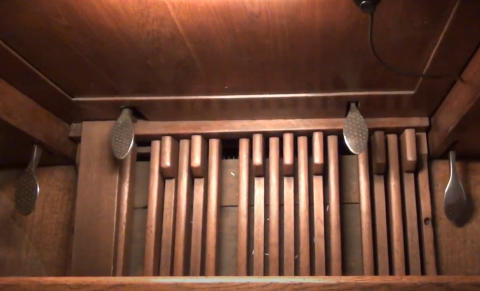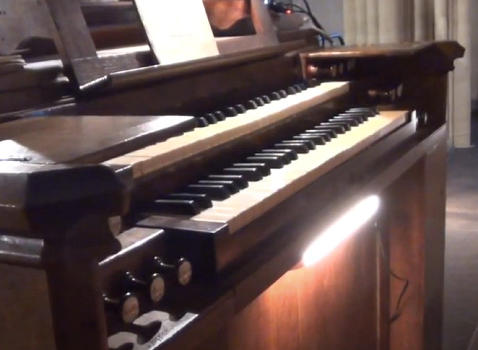




ORGANS OF PARIS © 2024 Vincent Hildebrandt HOME ALL ORGANS

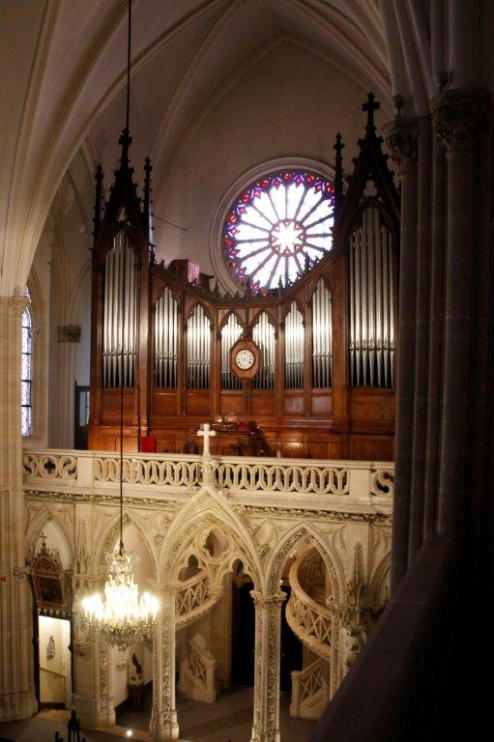
C1
The organ is an instrument built around 1850 by an unknown
builder. It is nevertheless mentioned as a work by Aristide
Cavaillé-Coll by his daughter Cecile. Some sources also
attribute the instrument to Suret.
The neo-Gothic oak buffet has two flat turrets, which frame a
series of 6 flat faces that follow the curves of the rosette.
The instrument ‘s design is a good example of the organ
building before 1860: it is equipped with a single wind chest
(GO at the front, REC at the back) and the Cor Anglais has free
reeds.
The console has the appearance of the primitive consoles of
Cavaillé-Coll.
The pedalboard of 19 notes type 'German' is very curious: it
has a ‘ravalement’ of 3 notes to the A
0
, but these notes are not
connected.
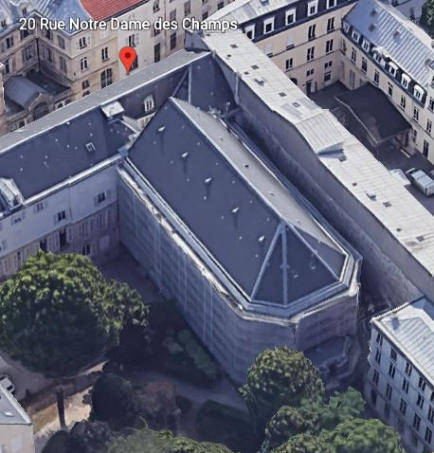
The origin of Notre-Dame de Bon Secours dates back
to 1868, when Father Carton founded the Notre-Dame
de Bon Secours asylum. The sisters of Sainte-Marie,
then the Augustine sisters since 1908, have welcomed
and cared for the elderly and orphans. Over the years,
the asylum gradually became a full-fledged hospital.
Video of the chapel and the organ
Photo of the organ: Jeroen de Haan
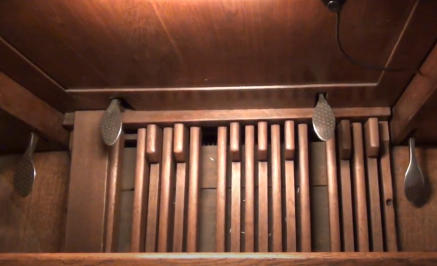
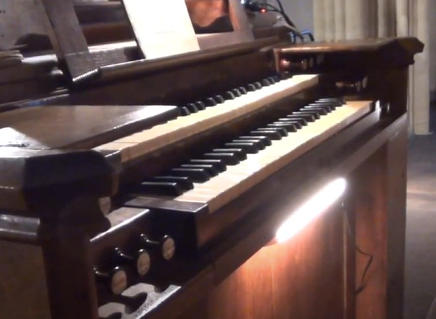
Organs of Paris
ORGANS OF PARIS © 2024 Vincent Hildebrandt ALL ORGANS
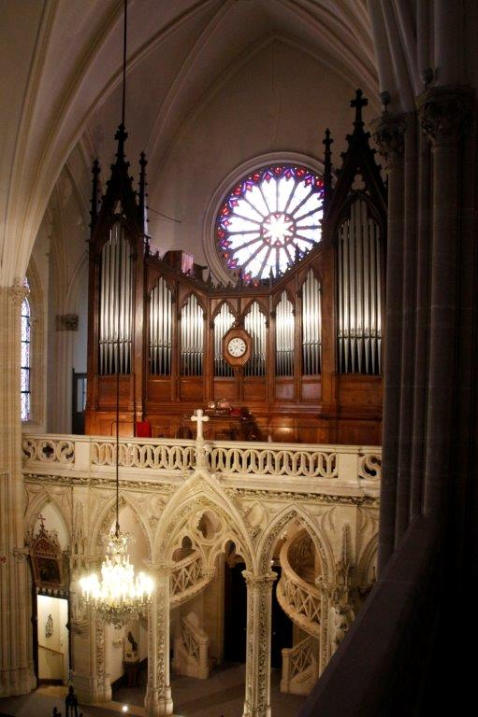
C1
The organ is an instrument built around 1850 by an
unknown builder. It is nevertheless mentioned as a
work by Aristide Cavaillé-Coll by his daughter Cecile.
Some sources also attribute the instrument to Suret.
The neo-Gothic oak buffet has two flat turrets, which
frame a series of 6 flat faces that follow the curves of
the rosette.
The instrument ‘s design is a good example of the
organ building before 1860: it is equipped with a single
wind chest (GO at the front, REC at the back) and the
Cor Anglais has free reeds.
The console has the appearance of the primitive
consoles of Cavaillé-Coll.
The pedalboard of 19 notes type 'German' is very
curious: it has a ‘ravalement’ of 3 notes to the A
0
, but
these notes are not connected.
Video of the chapel and the organ
Photo of the organ: Jeroen de Haan
